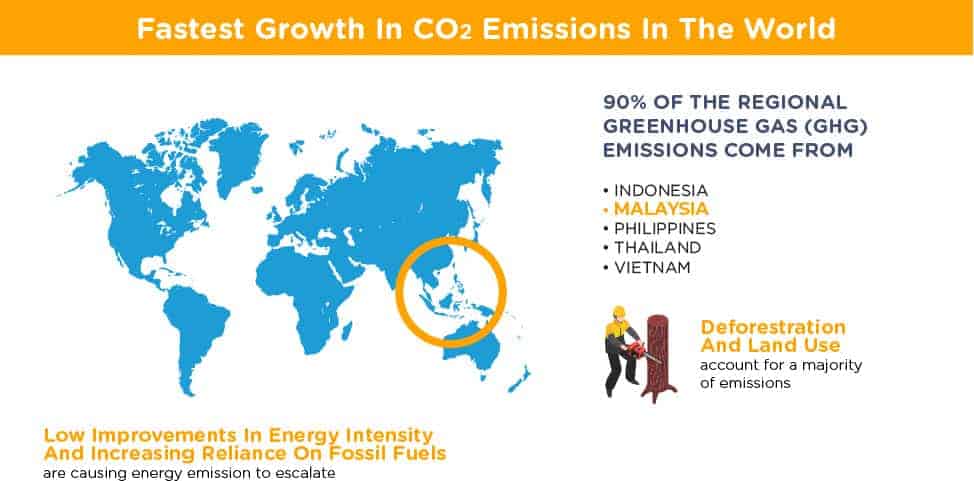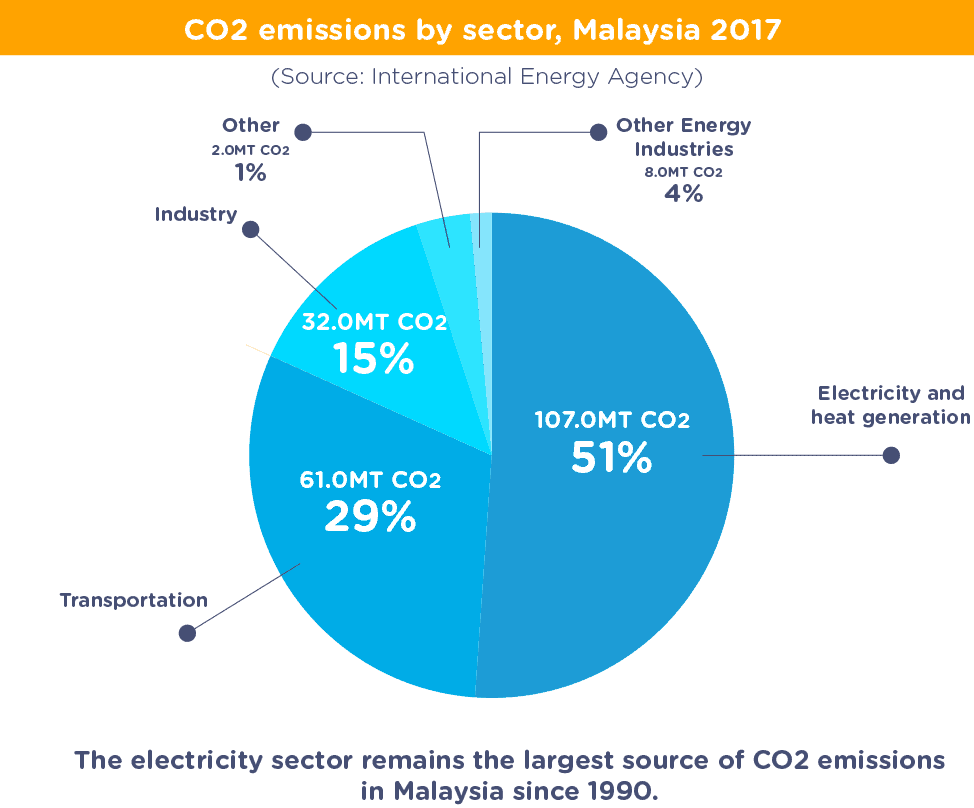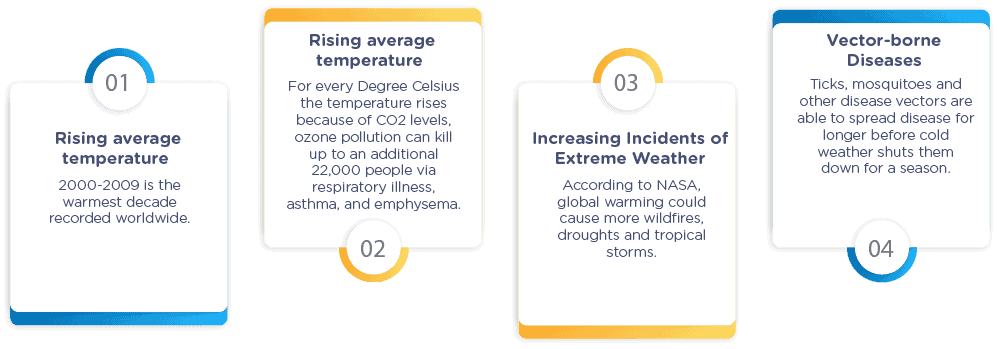How Does Going Solar Help The Environment?
Last updated: 26 Dec 2023
Effects on Environment
Malaysia’s energy generation mix has always been highly reliant on fossil fuels,
mainly from natural gas and coal. Fact is, the combustion of fossil fuels is the
number one source of global CO2 emissions. These carbon emissions continue to
bring high levels of air, water and soil pollution. Even while natural gas does have
lower carbon intensity than other fossil fuels, it is not a zero-carbon solution. It goes
without saying that the world has a pressing need for clean, sustainable energy
solutions right now.

Here is where solar energy steps into the picture. As a sustainable energy source, solar is a great opportunity for us to contribute towards protecting our environment for the future generations.
How does going solar help the environment? What difference does it actually make? Below are some interesting facts about solar power and how going solar could bring positive impact to the environment.
Solar power is the most abundant energy source on Earth
Harnessing all the solar energy that hits the Earth for an hour will meet all of humanity's power needs for a year. In other words, capturing one hour’s worth of solar energy each year means we could leave every ounce of oil, every lump of coal, and every cubic foot of natural gas in the ground.
Solar is the fastest energy source to deploy
When disaster strikes, no fossil-fuel power plant or any other renewable energy facility can be built or repaired as quickly as solar. This makes solar a reliable power source.
A solar-powered home can reduce CO2 emissions by 100 tons within 30 years
An average solar-powered household can reduce approximately 8 pounds of sulfur dioxide, 5 pounds of nitrogen oxide and more than 1,400 pounds of carbon dioxide each month.
Solar energy can lower air pollution
One major cause of air pollution is the carbon dioxide released during fossil fuel combustion. Switching to clean renewable energy sources, like solar, can reduce and eliminate the release of dangerous pollutants into the atmosphere. This would then reduce the rates of heart disease, asthma attacks and respiratory diseases.

Climate change impacts will result in high economic costs. Fires, floods, droughts and extreme weather will take larger economic tolls, which must be borne in the end by individuals (taxpayers) and governments. In addition, the health costs from pollution are of increasing concern for many cities, particularly in the developing world.
The energy transition pathway presented in IRENA’s Transforming Energy Scenario will avoid between USD 65 billion and USD 157 billion in additional annual external costs related to climate and air pollution in 2050, costs that would otherwise have
to be internalised in the financial system by banks and governments.

